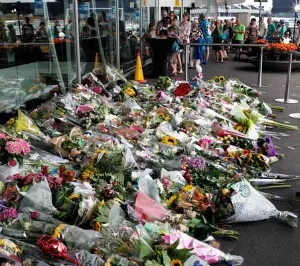
Malaysian Airlines Flight MH17: examining the evidence
What the experts can learn from human remains, aircraft debris
Nearly a week after the Malaysian Airlines flight MH17 was destroyed over Ukraine, questions abound over what exactly happened. In an interview with U of T News, professors Tracy Rogers and Doug Perovic talk about the procedures − and the challenges − of gathering scientific evidence and performing analysis to determine the causes of such tragedies.
Rogers is a forensic anthropologist and director of the forensic science program at the University of Toronto Mississauga who helped identify remains found at the farm of serial killer Robert Picton. Perovic is a professor in the department of materials science & engineering and a renowned expert in forensic engineering who helped investigate the collapse of the stage at a Radiohead concert in Toronto in 2012.
What evidence might the bodies of the passengers provide about the tragedy?
TR: There will be various lines of evidence regarding what happened. The information provided by the bodies of the victims would be most useful if the bodies were actually examined in place at the scene. The distribution of the remains, along with the patterns of injuries they sustained can help investigators sort out the sequence of events. Knowing the seat number of each victim, and examining injuries in light of the person's position on the plane, could provide some insight into which areas of the plane were most impacted.
The usefulness of this type of analysis will depend on the overall degree of destruction and degree of decomposition that has taken place.
What evidence, if any, can be gleaned once bodies have been moved by non-professionals after decomposing for days?
TR: That is very difficult to say. It really depends on what they are trying to learn. Mainly they will be concerned with identification of the bodies, but some of the injury patterns might be informative, even information like whether or not the body was burned could be useful.
Now that the bodies have been moved from the scene, the investigators will have to ID the bodies to find out who they are, link that info to their seat placement, then examine the injuries to see if they can provide insight into where or how the plane was hit, etc.
But the plane itself may prove more useful for this type of analysis.
Read the rest of the interview at U of T News >
